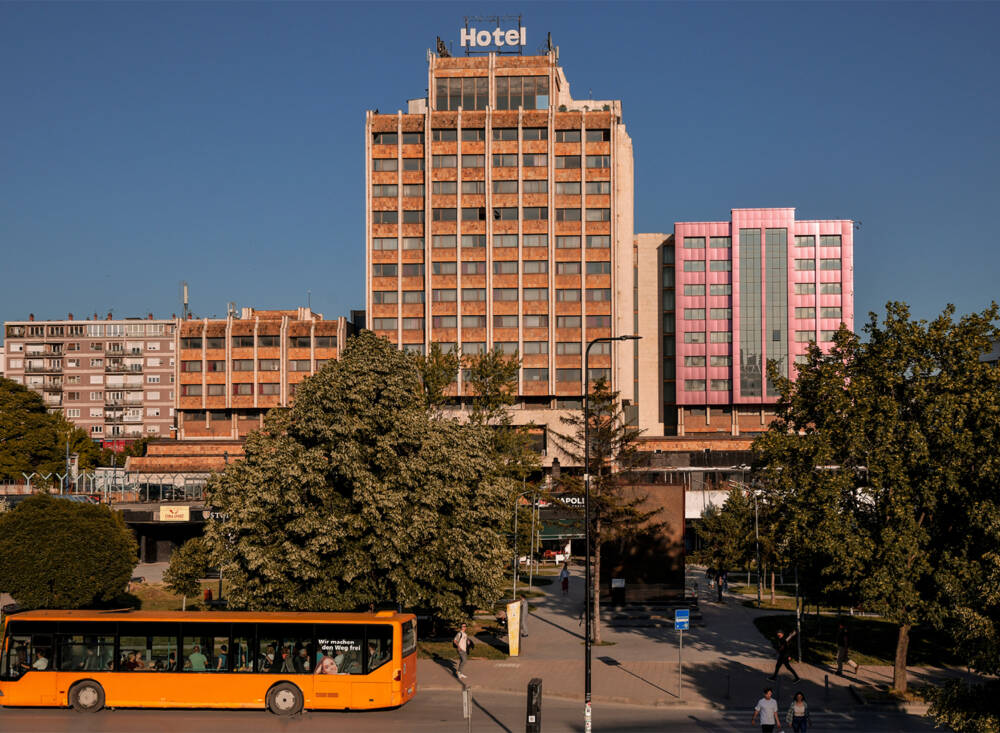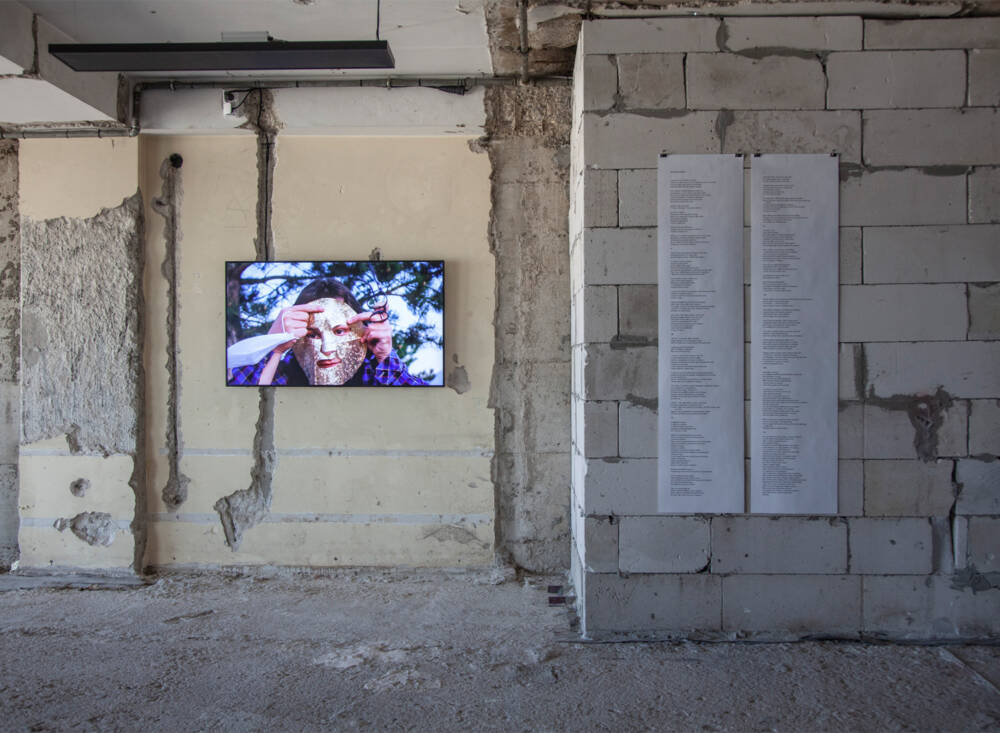Manifesta 14 Prishtina: transformative power of art and architecture
How to foster social change through modern art and storytelling? The answer is Manifesta 14. This year, the European Nomadic Biennial lands in Prishtina, Kosovo. Its main challenge is to boost social change through contemporary culture and to reimagine the future of Kosovo that has been blurred since the war. From breathtaking views of the anti-utopian Palace of Youth and Sports to enlightenment during alter-ego and body-extension performances. The Prishtina experience will probably be imprinted with a long-lasting impact beyond its borders.
Manifesta, the European Nomadic Biennial, alters the unique location every two years. Founded in the early 1990s, it investigates the relation between art and society and stimulates intercultural dialogues, which has been core to all its editions. The Manifesta 14 program kicked off in Prishtina on the 22nd of July and runs until the 30th of October 2022, featuring over 100 participants from over 30 countries.

Many of the works use the political and social tensions in the Western Balkans as a contextual backdrop. Local and regional artists, who account for more than half of the exhibitors, are the focus of the itinerant biennial. Manifesta 14 puts exhibitions, performances and urban interventions in a cultural, political and public spotlight. Across 25 different fabulous venues – from The Great Hammam to Partisan Martyrs’ Cemetery Monument– Manifesta 14 is taking over Prishtina with a 100-day program.

“It’s not about putting installations in the city and hanging paintings,” says Manifesta’s founder and director Ms. Fijen.

With the aim of empowering citizens, the Biennial has evolved into a multifaceted and inclusive tool for civic engagement projects. As following NATO’s bombing of Yugoslavia in 1999 and Kosovo’s declaration of independence from Serbia in 2008, the young country has long been at the center of fiercely competing for historical narratives regarding sovereignty. Thus such a proactive cultural institution development will shed light on a social environment that is in the urge of more recognition and awareness.

Manifesta openly tackles Kosovo’s relationship with Europe. Manifesta 14 Prishtina seeks to not only highlight overlooked talents in the region, but also to create new networks for other cultural groups via the collaboration of foreign and local artists and tourists. The team strives to develop and sustain cultural discussions and social debates – to open up the rest of Europe and the world to Kosovo and vice versa.

As the Biennial is focused on alternative methods of urban and artistic interventions, an integral part consists of five Mediated Tours, which encourage visitors to discover more about Prishtina, revealing the stories of the venues. ‘The Grand Scheme of Things,’ is an exhibition located on seven floors of the Grand Hotel Pristina. Taking narratives from Kosovo, each floor has a different theme— from migration to water, translating into immersive installations, sculptures and photographs.

At the Palace of Youth and Sports, Korean artist Lee Bul’s blimp, Willing to Be Vulnerable – Metalized Balloon V4 (2015–20), explores the intoxication and pitfalls of utopian thought in various historical contexts using the airship. Located in the icon of Yugoslavian socialist architecture, the brutalist concrete building surrounded by cars parked in the burnt-out sports arena below, the balloon calls us to contemplate what we can learn from the past’s dreams and what it might mean for the future.

Many venues are dedicated to single-artist and site-specific installations. The city recently repurchased the fifteenth-century Great Hamam, an important cultural heritage that had been privatized for a long time. Chiharu Shiota, a Japanese artist working in Berlin, has created an elaborate web of red yarn that occupies what was formerly the main steam-bath area. Handwritten family stories collected from Kosovars are weaved into the net of threads, exploring things that link us together.

By bringing together these two powerful pillars, the artistic and the urban, Manifesta 14 creates a multidisciplinary blast. The essence of each Manifesta shaped by the host city rethinks the concept of public space and sparks additional debates as an entrance point for two or more years of rigorous research, which leaves a crucial trail behind.